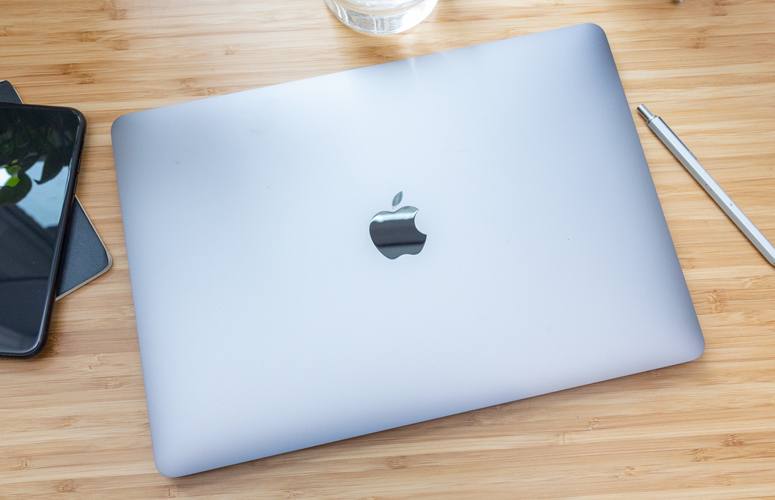MacBooks on ARM won't support Boot Camp — virtualization is needed to run Windows 10
'We are not direct booting an alternate operating system'

When Apple moves Macs from Intel to a custom ARM-based CPU, MacBook owners will lose the ability to dual boot to Windows 10.
For the uninitiated, Boot Camp is a macOS feature that lets you install Windows 10 on your Mac and switch between operating systems when you restart your system. With this built-in utility, Mac owners could use their Apple laptops as personal notebooks and switch to Windows if a certain program (or video game) was required for work or school.
- MacBook Air vs MacBook Pro: Which MacBook Should You Buy?
- macOS Big Sur revealed with a redesigned interface
- How to Dual-Boot Windows and macOS on a Mac
Those who purchase an upcoming MacBook running on Apple's custom silicone won't have this option. The compatibility issue has as much to do with licensing as hardware. As reported by The Verge, Microsoft only licenses Windows 10 on ARM to PC vendors making "Always-connected PCs" or those with Qualcomm processors.
When asked by The Verge if Microsoft would allow an exception for Boot Camp, the company said “we have nothing further to share at this time.”
Microsoft knew about Apple's intentions of moving to a custom ARM-based CPU long before the move was announced at WWDC last week. The software giant has been working with Apple to get its Office apps running on the new chip architecture, and those programs will supposedly be ready when Apple ships the first ARM Macs later this year.
We can't rule out the possibility of Microsoft relaxing its Windows 10 on ARM licensing policy and extending it to Macs. But as The Verge points out, that would only be step one toward getting Boot Camp to run on an ARM Mac; Apple would still need to create new drivers from the utility, and it doesn't sound like it has any plans to.
“We’re not direct booting an alternate operating system,” Craig Federighi, Apple’s senior vice president of software engineering, told the Verge. “Purely virtualization is the route. These hypervisors can be very efficient, so the need to direct boot shouldn’t really be the concern.”
Sign up to receive The Snapshot, a free special dispatch from Laptop Mag, in your inbox.
Unless Apple changes its mind, Mac owners who want to run Windows on their laptops will need to rely on a virtualization tool, like Parallels or VMWare.
Parallels is widely considered the best way to run Windows 10 on a Mac, even more so than using Bootcamp. However, it won't be supported by the new Rosetta 2 binary translator tool so a complete rebuilt is required. Given the popularity of Parallels, we'd be surprised if this didn't happen. Still, there is no way to know when such a tool will become available.
Apple showed Parallels Desktop running Linux compiled for ARM using a virtual machine on a Mac, which is a good sign for those who use it. However, there was no sight of Windows 10.
Phillip Tracy is the assistant managing editor at Laptop Mag where he reviews laptops, phones and other gadgets while covering the latest industry news. After graduating with a journalism degree from the University of Texas at Austin, Phillip became a tech reporter at the Daily Dot. There, he wrote reviews for a range of gadgets and covered everything from social media trends to cybersecurity. Prior to that, he wrote for RCR Wireless News covering 5G and IoT. When he's not tinkering with devices, you can find Phillip playing video games, reading, traveling or watching soccer.

